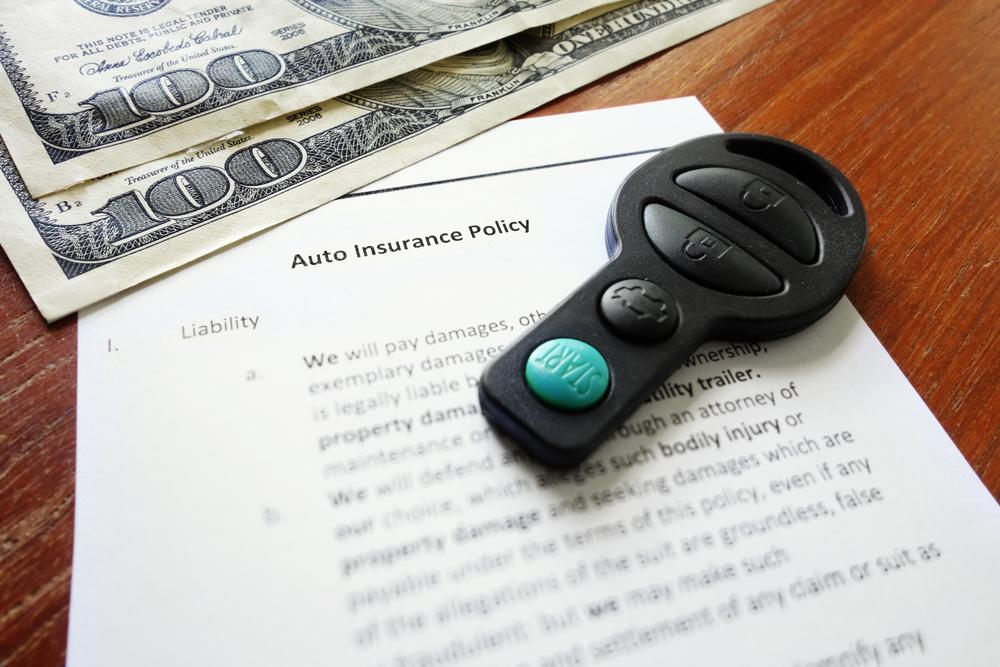Addressing Bias in Auto Insurance Pricing
This article explores prevalent biases in auto insurance pricing and emphasizes the importance of fair policies. It discusses how factors like race, gender, and physical attributes influence premiums and calls for regulations that promote transparency and equity. Addressing discrimination ensures that insurance costs are based on controllable factors, fostering fairness in the industry.
Sponsored

Auto insurance providers determine premiums based on factors like driving history, age, and gender. These decisions are often rooted in research analyzing driver behavior across different demographics. However, some studies have suggested that certain groups, such as African Americans, are unfairly labeled as riskier drivers, raising concerns over racial bias in premium calculations. Such practices highlight the need for policies that ensure fair treatment regardless of race or ethnicity.
Instead of race, premiums should be based on controllable factors like driving record and personal behavior. Research indicates that men tend to drive more aggressively than women, leading to higher premiums for men in some cases. However, using such factors for pricing may not significantly impact road safety, especially given low demand elasticity.
This raises broader social concerns, as removing racial bias can lead to other forms of discrimination, such as height or age, being used as proxies. Insurers might justify higher premiums for taller individuals or specific age groups without transparency. Therefore, implementing balanced anti-discrimination policies is vital to create fairer insurance practices across the industry.





